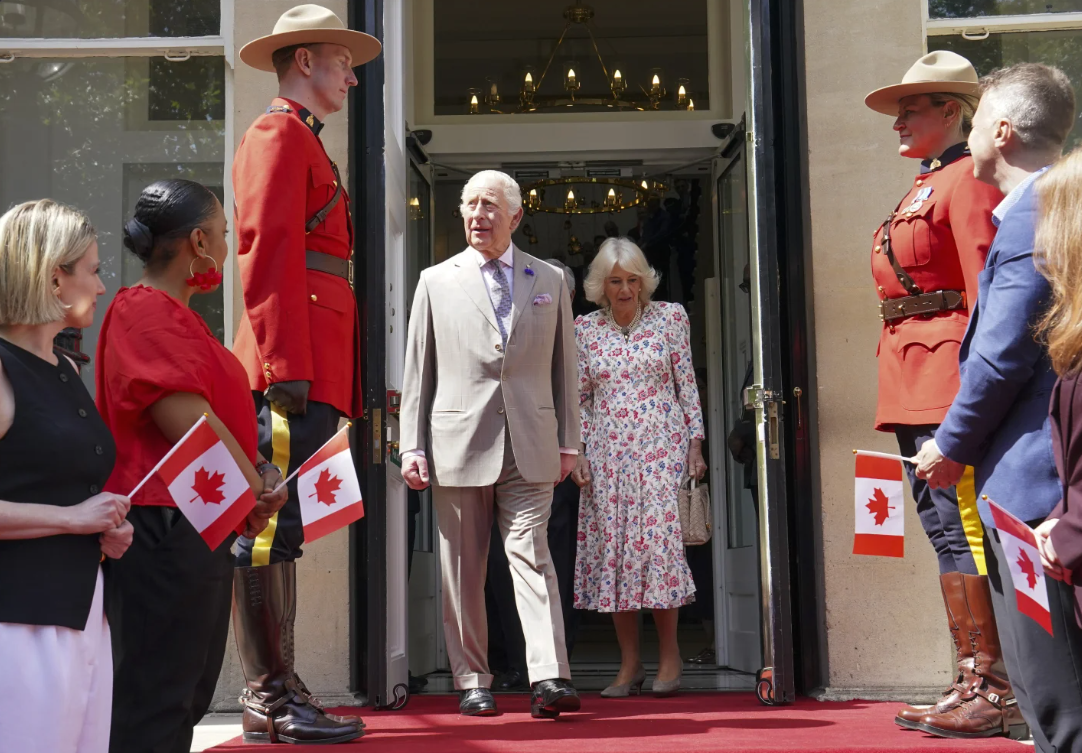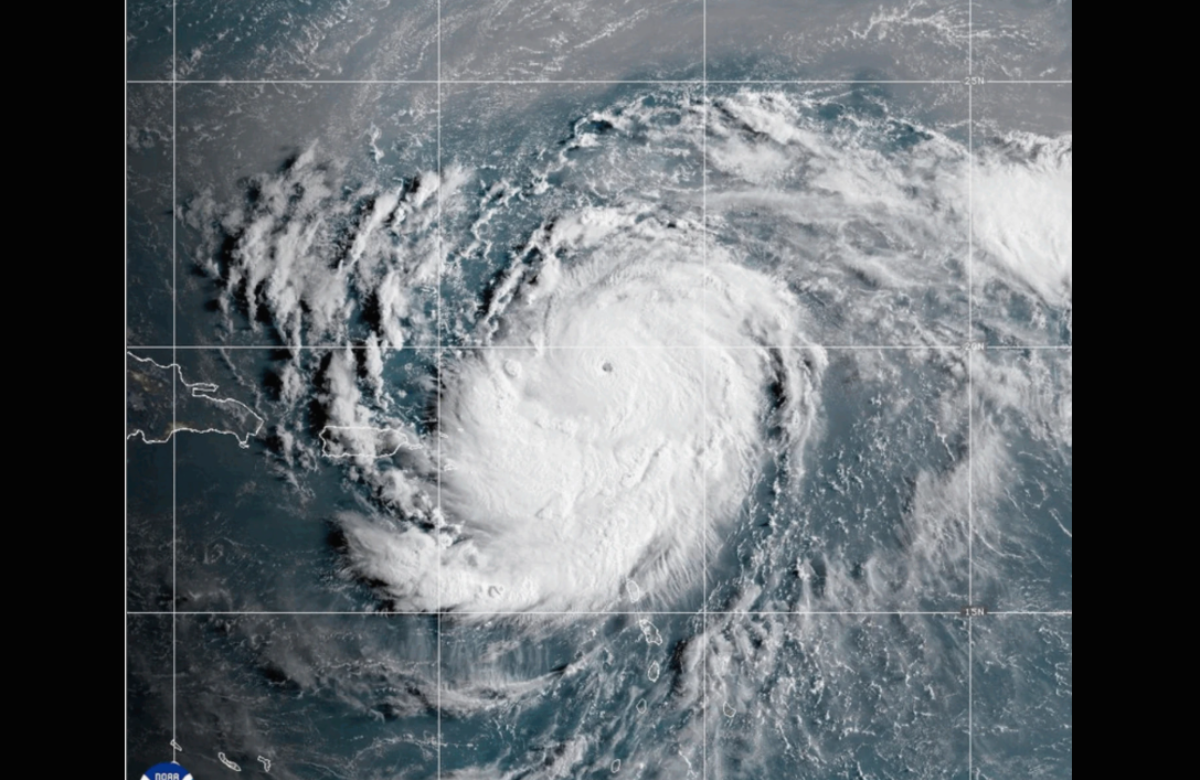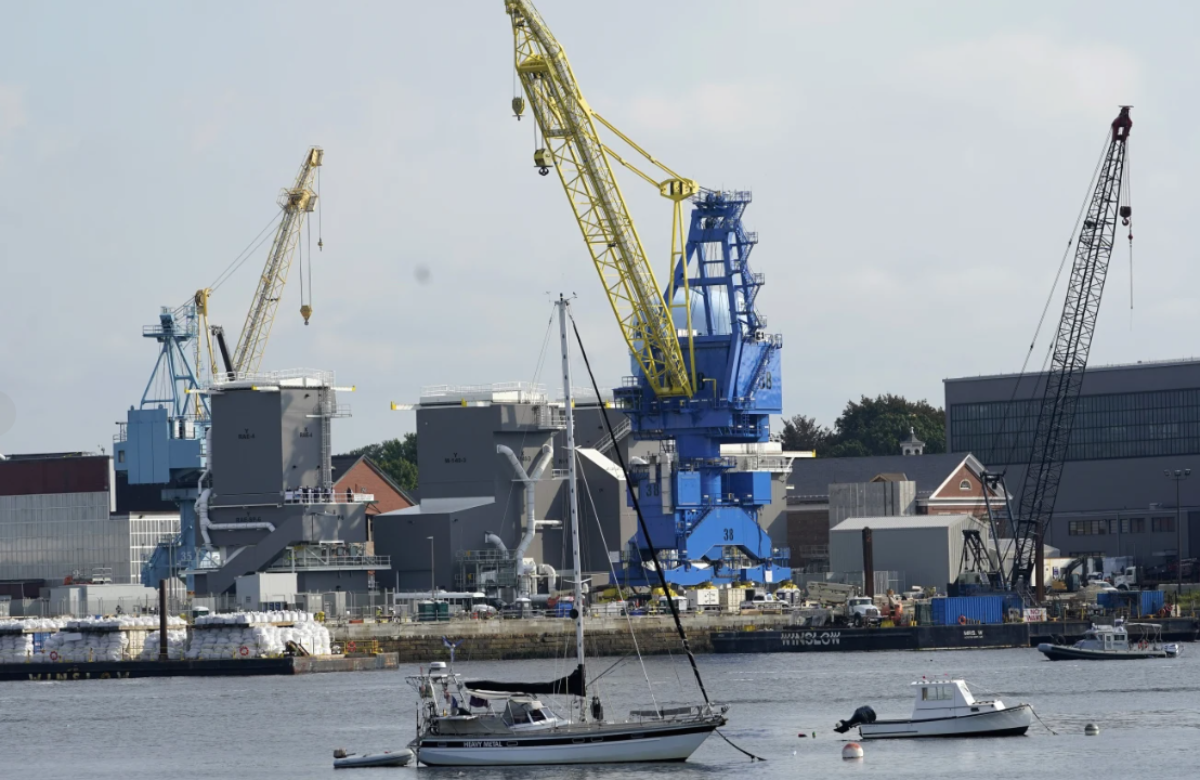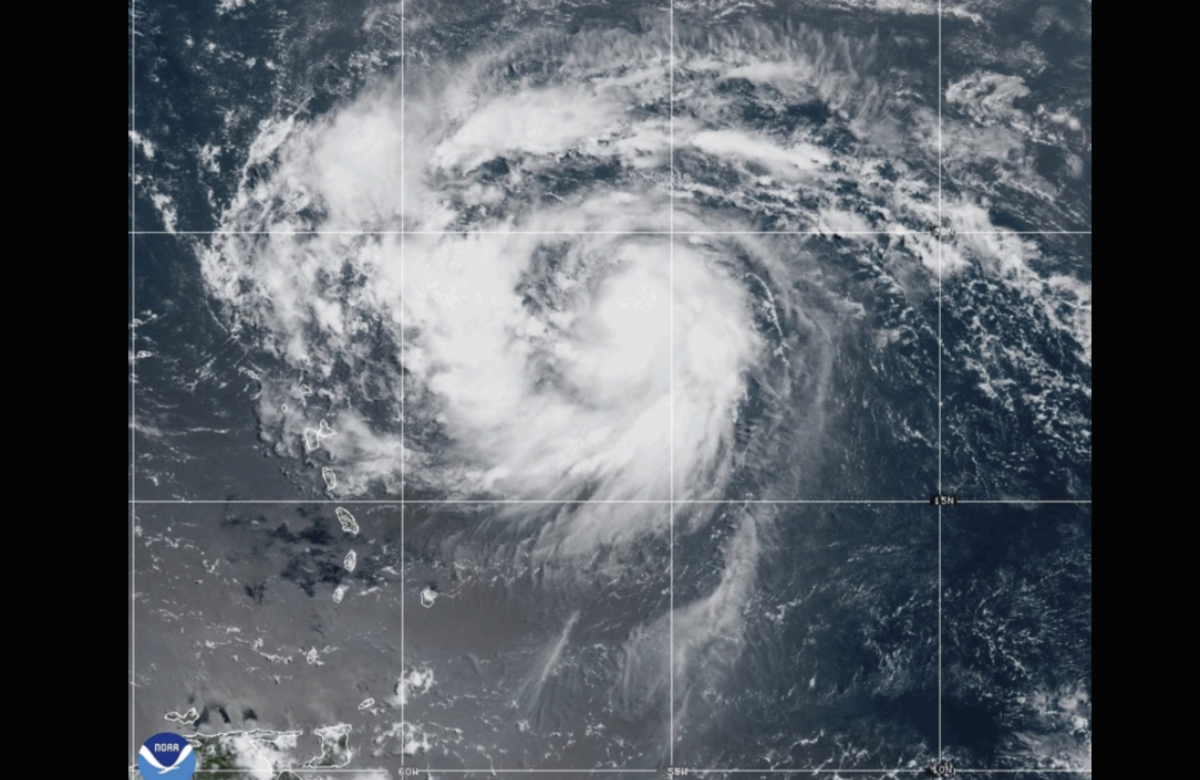King Charles III arrived in Ottawa on Monday for a symbolic visit that highlights Canada’s sovereignty, particularly in light of recent remarks from U.S. President Donald Trump suggesting that the United States could annex its northern neighbor. In response, Prime Minister Mark Carney invited the King to deliver Canada’s speech from the throne, outlining the new government’s agenda—a rare act underscoring the country’s identity and constitutional monarchy.
As Canada’s official head of state and a member of the Commonwealth, Charles was welcomed by Carney and Governor General Mary Simon, Canada’s first Indigenous person to hold the role and the King’s representative in the country. Also present was a ceremonial guard from the Royal Canadian Dragoons, for which Charles serves as colonel-in-chief.
Governor General Simon emphasized the importance of the visit, stating it marks a significant moment in Canadian history and reaffirms the constitutional bond that has shaped Canada’s path to becoming a proud and independent nation. She also highlighted how the visit prompts reflection on Canada’s unique identity.
Prime Minister Carney noted that the King’s visit reinforces Canada’s distinctiveness from the U.S. and the ongoing relevance of its constitutional monarchy. While public enthusiasm for the monarchy in Canada tends to be muted, this visit serves a strong political message amid tensions over Trump’s remarks.
Historically, it is uncommon for a monarch to deliver Canada’s speech from the throne. Queen Elizabeth II did it only twice during her reign, the last time being in 1977. Charles’ appearance in this role is expected to reinforce the constitutional nature of his duties—he will read a speech drafted by the Canadian government, not by the monarchy or his advisers in the U.K.
Royal historian Carolyn Harris said Trump is likely to notice the visit given his well-documented admiration for the British royal family. The King’s appearance in a Canadian setting, accompanied by Canadian traditions and symbolism, will serve as a strong visual of Charles acting in his capacity as King of Canada.
Justin Vovk, another Canadian royal historian, explained that the King must navigate carefully—he can only act with his prime minister’s advice and cannot jeopardize the unity or image of the other Commonwealth realms. His role is strictly nonpartisan.
The visit has not been without controversy. Some Canadians were displeased when U.K. Prime Minister Keir Starmer extended a state visit invitation to Trump on behalf of the King during a time when Trump was making sovereignty threats against Canada. Carney commented that such a gesture was poorly timed and not well received in Canada.
In recent months, King Charles has shown more support for Canada, including wearing Canadian military medals during a visit to a British warship. His current visit includes ceremonial appearances such as dropping the first puck or ball at a street hockey game, attending a community event, and meeting with Carney. Queen Camilla will also participate in a swearing-in ceremony, officially becoming a Canadian privy councillor—a role that allows her to advise the King on Canadian matters.
The royal visit will conclude on Tuesday after the speech from the throne and a visit to Canada’s National War Memorial.













